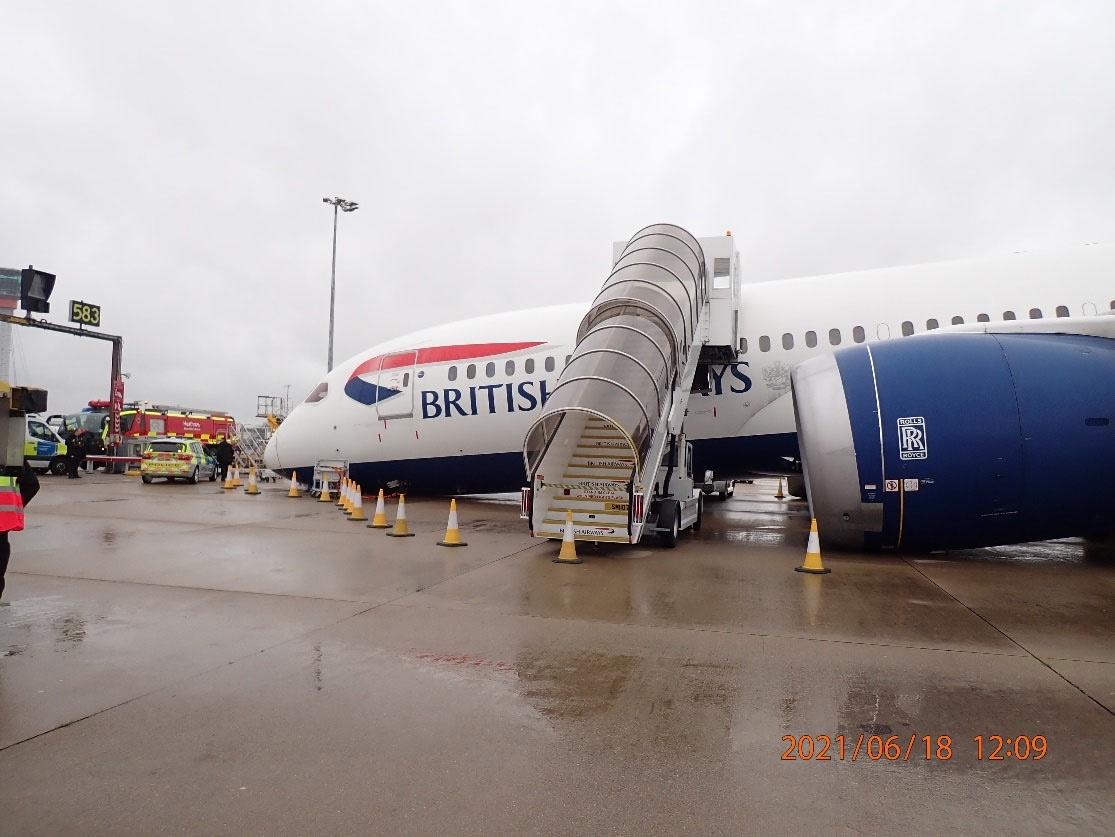
Credit: AAIB
A British Airways 787-8’s inadvertent nose-gear retraction at a London Heathrow gate last month was caused by an incorrectly placed pin during routine maintenance—a design-related risk that regulators flagged in an airworthiness directive that had not been implemented on the aircraft, an interim...
Subscription Required
Known Maintenance Risk Led To 787 Gear Collapse, UK’s AAIB Finds is published in Aerospace Daily & Defense Report, an Aviation Week Intelligence Network (AWIN) Market Briefing and is included with your AWIN membership.
Already a member of AWIN or subscribe to Aerospace Daily & Defense Report through your company? Login with your existing email and password.
Not a member? Learn how you can access the market intelligence and data you need to stay abreast of what's happening in the aerospace and defense community.

